

Education is seen as a means by which the human resource base can be developed for sustainable development. However, the majority of the people have had no formal education.
According to 2003 core Welfare Indicators Questionnaire (CWIQ) survey, Ghana, the adult illiteracy rate was 26.7 per cent, which was slightly higher than the regional average of 23.0 per cent but less than the national average of 53.0 per cent. The youth illiteracy rate was also estimated to be 55.7 per cent, which was higher than the regional average of 45.0% but lower the national average of 68.8 percent. All efforts are being made to improve upon the situation.
Administrative Divisions
The Municipality is divided into eleven (11) circuits for effective supervision and administration, each being administered by well-trained circuit supervisors.
School Management Structures
All schools in the Municipality have School Management Committees (SMC) and Parent-Teacher Associations (PTA’s). Some training was given to those in the primary schools under CRS/CHIPS grants. The under-listed educational structures assist in management, supervision and teaching.
- DEPT
- PTA
- DEOC
- SMC
Educational Institutions
There are 98 functioning primary schools throughout the Assembly. Junior Secondary Schools are much fewer at 44 with only 6 SSS and 3 Vocational Training Institutions (Table 1.6.4). Forty-two (42) Pre-Schools, Teacher Training College and Faculty of Applied Science of the University for Development Studies (UDS) Campus are also located in the Municipality.
Enrolment and Retention
It is a well-known fact that girl-child education is a problem in the country, particularly in the three Northern Regions. The KNM has its fair share of this problem. However, evidence shows that there has been a remarkable improvement in girl-child school enrolment.
Table 1.6.5.1 above shows that more boys are enrolled in schools than girls with noticeable progression in the gap between boys and girls enrolment as they move from Primary 1 to JSS 3. However, there has been a continuous improvement between 2003 and 2005 in girls’ enrolment. The increase in girls’ enrolment might due to the Girl-Child Education Programme, WFP, CRS and others.
The dynamics of school enrolment as illustrated depicts the progressive decline in the number of pupils enrolled as they climb upwards along the educational ladder. From table 1.6.5.4, there has been a continuous increase in number of trained teachers from 2003 to 2005. This is due to the Assembly sponsorship scheme for teacher-trainees. Not withstanding the increase in the trained teachers at primary level, the number of untrained teachers engaged within the same period also went up year after year. This means that there were some schools where two or more year groups were merged in the same class under the supervision of one teacher.
Pupil: Teacher Ratio
The table 1.6.6.1 below gives an indication of how the teacher shortage especially in rural areas affects the average size of classes. However Table 1.6.6.2 show the schools in need of additional teachers.
Trend Of Pupils’ Performance At BECE
There has been improvement in the performance for both girls and boys qualifying for SSS from 2003 to 2005. The improvement in performance was due to more trained teachers at the JSS level, the presence or National Service Personnel and improvement in school infrastructure. Inadequacy and deplorable state of furniture in schools especially in the Junior Secondary Schools, negatively affect the quality of teaching and learning thereby contributing to poor pupil performance.
Teacher Accommodation
Few teachers have accommodation in the Municipality. Most teachers stay in town and have to make their own journeys to school. Out of 32 teachers’ accommodation built by the Assembly, 27 are in good condition (habitable).
Technical Workshop
There are four (4) technical/science workshops in the municipality. The only 2 in good condition are without the needed equipment and materials to facilitate the teaching and learning of technical skills (Table 1.7.4).
Development Partners In Education
The Assembly has some development partners that are assisting in various ways as outlined below in table 1.8:
Community Participation In Education
Awareness creation has facilitated the formation and strengthening of SMC’S and PTAs in running schools effectively. Some PTAs have contributed some form of logistics for pupil’s education. Parents are taking active parts in the running of the schools to fully support the FCUBE programme.
Date Created : 11/21/2017 1:48:07 AM




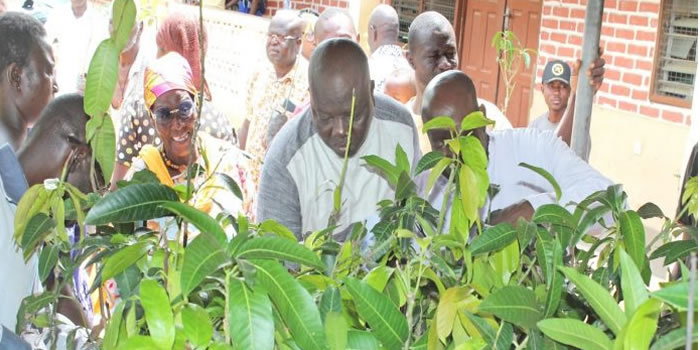
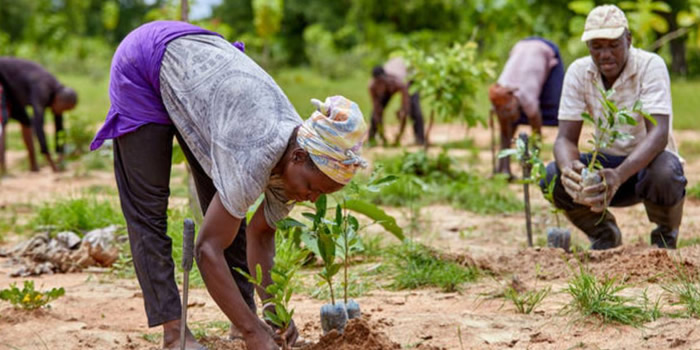
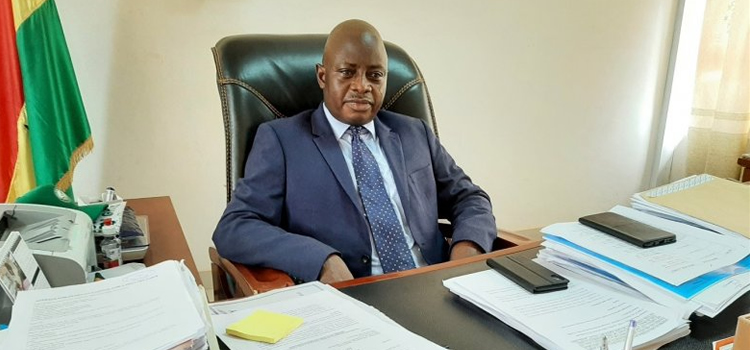
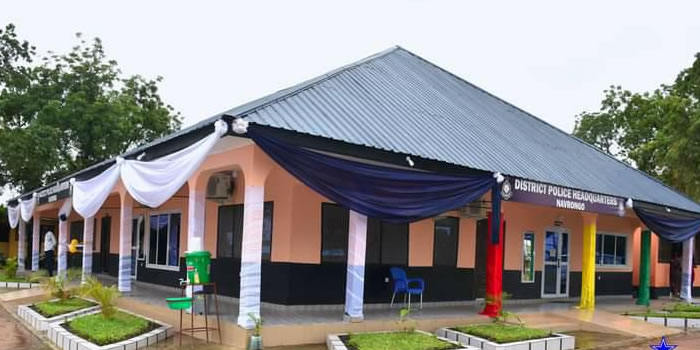
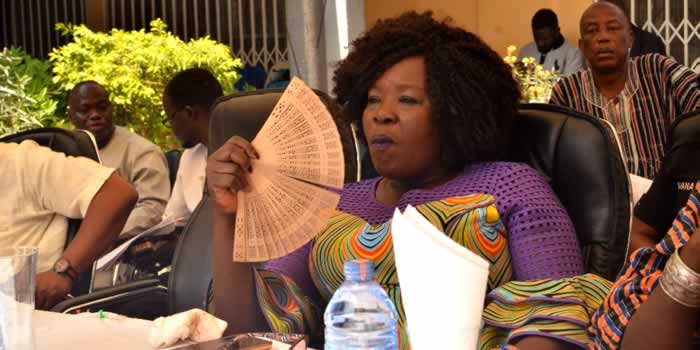


 facebook
facebook
 twitter
twitter
 Youtube
Youtube
 +233 593 831 280
+233 593 831 280 0800 430 430
0800 430 430 GPS: GE-231-4383
GPS: GE-231-4383 info@ghanadistricts.com
info@ghanadistricts.com Box GP1044, Accra, Ghana
Box GP1044, Accra, Ghana